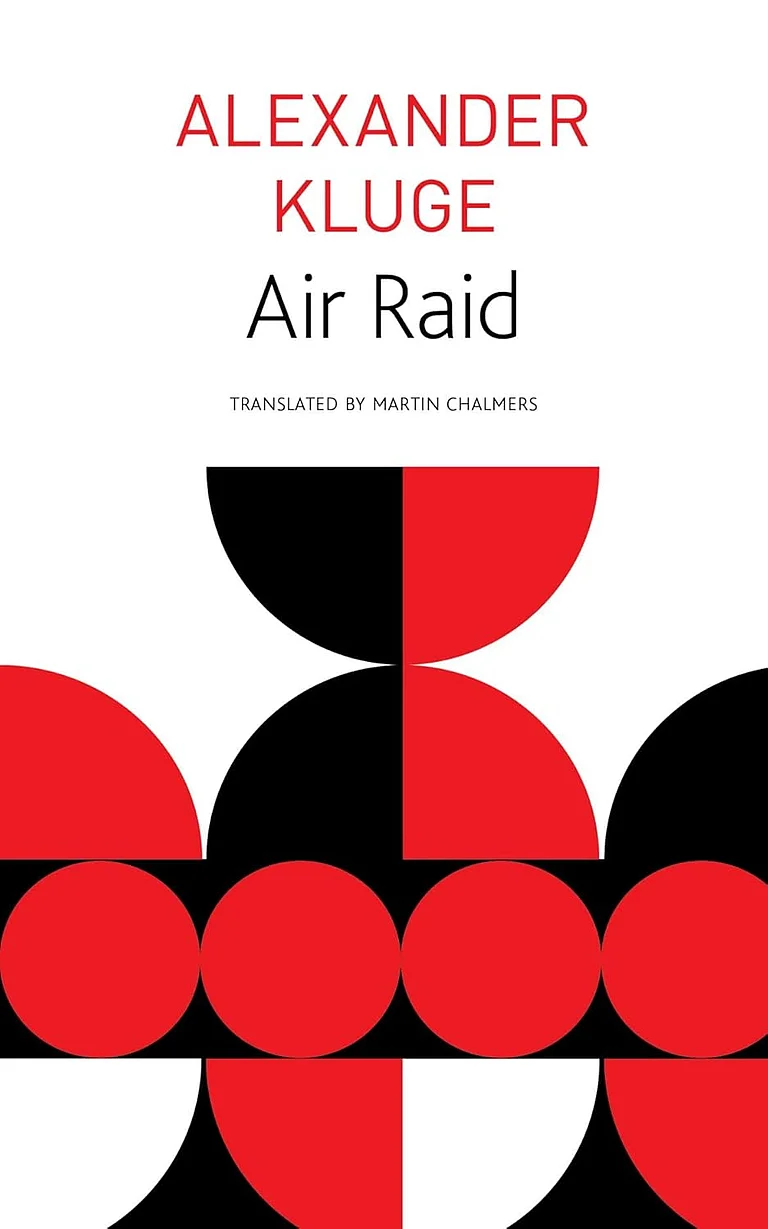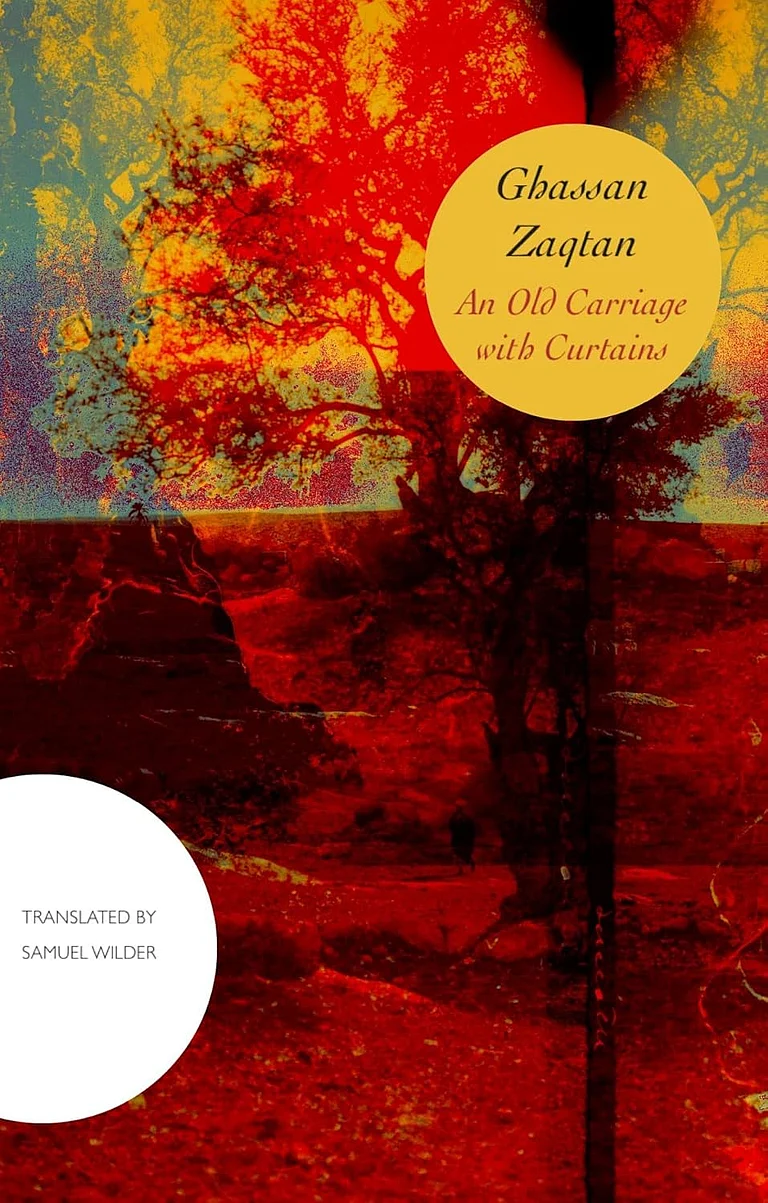After months of extreme drought in Iraq, a 3,400-year-old city was rediscovered on the edge of the reservoir. To prevent drought and provide protection for the harvest, Iraq’s most important water reservoir – Mosul Dam – witnessed a shift in the flow of water. The archaeological site is Kemune.
The rediscovery was carried out by the German and Kurdish archaeologists. Ivana Puljiz, a junior professor at the University of Freiburg said in an interview,” I saw on satellite images that the water level was falling but it wasn't clear when the water would rise again. So, we had an unknown window of time.” The team was working on the Bronze Age city for seven weeks in January and February 2022 until it was flooded again.
They successfully unearthed an industrial complex, fortifications with walls and towers and along with a large storage building. Not just this, the team recovered artefacts of how people lived on the banks of the Tigris. They have also discovered five ceramic vessels with 100 cuneiform tablets – it was used as a means of writing during the ancient Middle East. “It is close to a miracle that cuneiform tablets made of unfired clay survived so many decades underwater,” says Peter Pfalzner from the University of Tubingen, according to media reports. Through the ancient writing discovery, the researchers are expecting to know more about life in the region during the end of the Mittani Empire.
The Mosul Dam has well-preserved walls which were made from sun-dried mud bricks. However, in 1350 BC, a massive earthquake took place and destroyed the city. In 2018, during a similar drought phase, they unearthed a giant place which was situated on a small hill.
To prevent the site from further damage, the site is wrapped with tight-fitting sheets of plastic to guard the walls and other important finds.





















